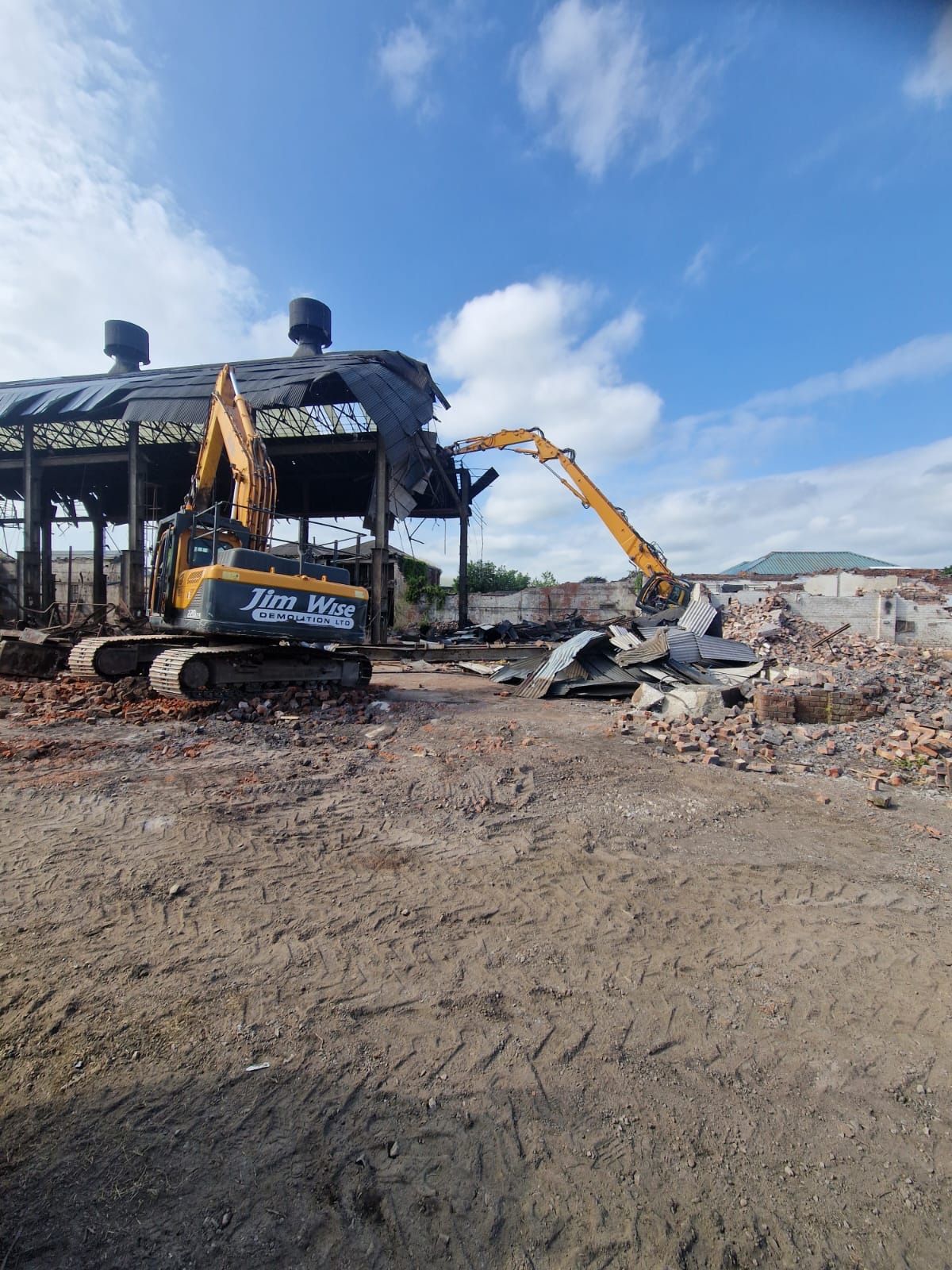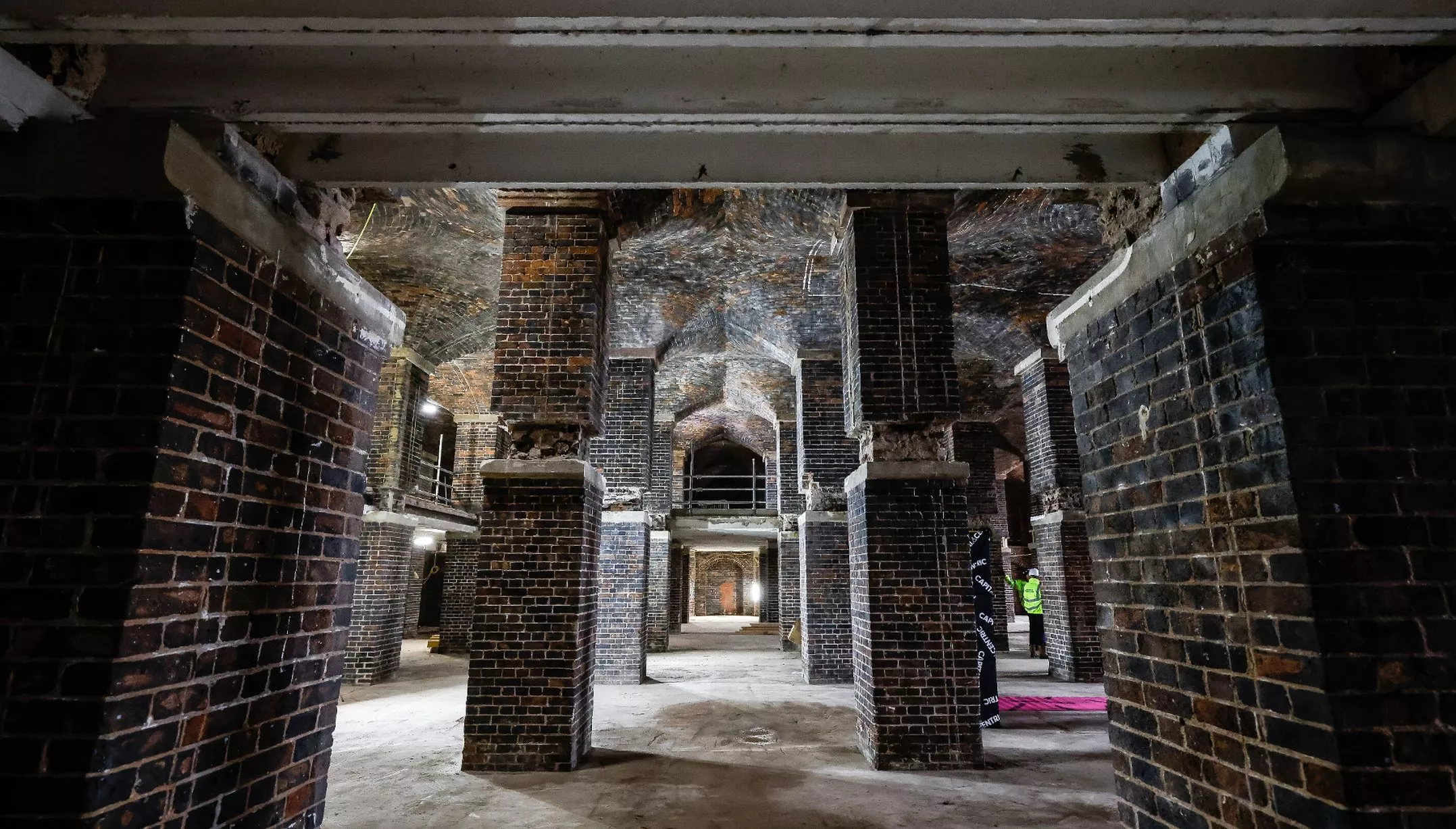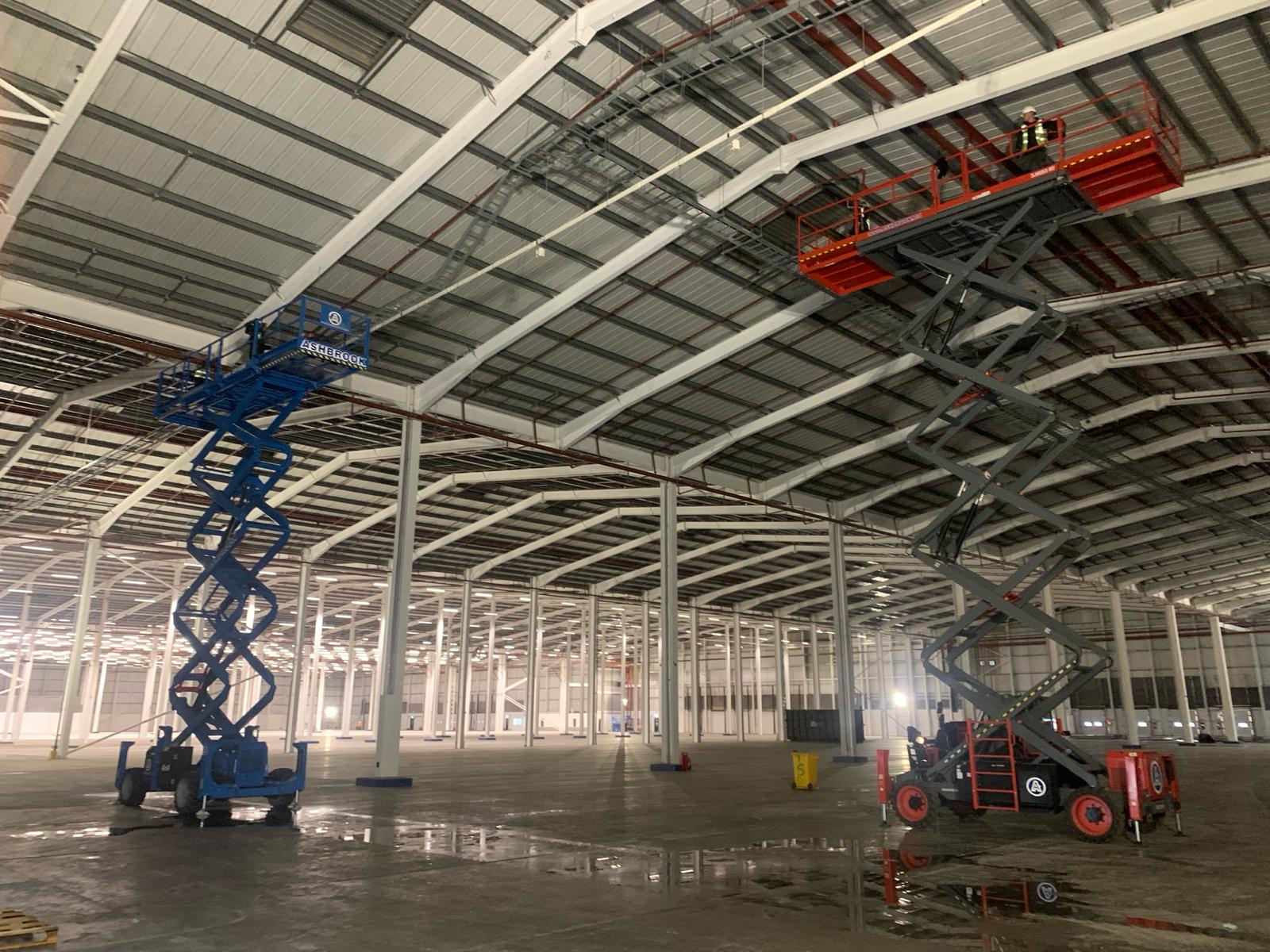When undertaking demolition projects in Manchester, one of the most critical aspects to manage is the safe handling and disposal of asbestos and other hazardous materials. These substances pose significant health risks and require strict adherence to safety regulations. At Jim Wise Demolition, we prioritize the safety of our team, clients, and the community by following best practices and compliance standards in handling these dangerous materials.
Understanding the Risks of Asbestos and Hazardous Materials
Asbestos is a naturally occurring mineral that was widely used in construction for its fire-resistant properties. However, it is now known to be highly dangerous, as inhalation of asbestos fibers can lead to serious illnesses such as mesothelioma, lung cancer, and asbestosis. Other hazardous materials commonly encountered in demolition projects include lead paint, PCBs (polychlorinated biphenyls), and various chemicals that can pose environmental and health risks.
Comprehensive Site Assessments
Before any demolition project begins, a thorough site assessment is essential. This involves:
- Initial Survey: Conducting an initial survey to identify any hazardous materials present on the site. This survey is performed by certified professionals who can accurately detect asbestos and other dangerous substances.
- Detailed Inspection: If the initial survey indicates the presence of hazardous materials, a more detailed inspection follows. This involves sampling and laboratory analysis to determine the exact type and quantity of hazardous substances.
Regulatory Compliance
In Manchester, demolition projects must comply with various regulations to ensure safety and environmental protection. Key regulations include:
- Control of Asbestos Regulations 2012: This UK legislation outlines the responsibilities for managing asbestos in buildings, including its removal and disposal. At Jim Wise Demolition, we strictly adhere to these regulations, ensuring all asbestos-related work is carried out by licensed professionals.
- Health and Safety at Work Act 1974: This act requires employers to ensure the health, safety, and welfare of their employees and the public. We implement robust safety protocols to meet these requirements.
- Environmental Protection Act 1990: This act mandates the safe disposal of hazardous waste to prevent environmental contamination. We follow stringent procedures to ensure all hazardous materials are disposed of at authorized facilities.
Safe Removal and Disposal Procedures
Handling and removing hazardous materials is a complex process that requires specialized skills and equipment. Our approach includes:
- Containment: Before removal begins, we isolate the area containing hazardous materials to prevent the spread of dangerous substances. This may involve sealing off sections of the building and using negative air pressure systems.
- Protective Equipment: Our team uses personal protective equipment (PPE) such as respirators, protective suits, and gloves to safeguard against exposure to hazardous materials.
- Careful Removal: We employ careful and methodical removal techniques to minimize the release of hazardous particles. For asbestos, this includes wetting the material to reduce dust and using hand tools to avoid breaking it into smaller, airborne pieces.
- Safe Transport and Disposal: Once removed, hazardous materials are securely packaged and labeled according to regulatory standards. They are then transported to licensed disposal facilities where they are treated and disposed of safely.
Training and Certification
All our team members undergo rigorous training to handle hazardous materials safely. This includes:
- Certification: Our workers are certified in asbestos removal and hazardous waste handling. This ensures they are knowledgeable about the latest safety practices and regulatory requirements.
- Ongoing Training: We provide continuous training to keep our team updated on new regulations, technologies, and best practices in hazardous material management.
Monitoring and Quality Assurance
To ensure the highest standards of safety and compliance, we implement robust monitoring and quality assurance measures:
- Air Monitoring: During and after the removal process, we conduct air monitoring to detect any airborne hazardous particles. This helps ensure the area is safe for reoccupation or further demolition work.
- Third-Party Inspections: We often engage third-party inspectors to verify that all hazardous materials have been safely removed and that our procedures meet regulatory standards.
- Documentation: We maintain detailed records of all hazardous material assessments, removal processes, and disposal activities. This documentation is essential for regulatory compliance and provides transparency for our clients.
Conclusion
Managing asbestos and hazardous materials in Manchester demolition projects is a complex but essential task to ensure the safety of workers, residents, and the environment. At Jim Wise Demolition, we are committed to executing these projects with the highest standards of safety and regulatory compliance. Our comprehensive approach, from initial assessment to safe disposal, reflects our dedication to responsible demolition practices. If you have a project that requires expert handling of hazardous materials, contact us to learn how we can help you achieve a safe and successful demolition.
.png)




.png)


%20(1).jpeg)
.jpeg)

.jpeg)
.jpeg)
.jpeg)
.jpeg)

.jpeg)